
Artist and critic Mira Schor called attention to the work of Portia Munson in her comments to yesterday's post about The Color Project of JeongMee Yoon. Schor raised the issue of aesthetic matrilineal indebtedness::
I know JeonMee Yoon is aware of this piece, but the closeness of her work to Munson's is almost plagiarism unless it is acknowledged -- here is an instance of matrilineage if ever there was one.Holland Cotter praised the "impressive debut"of Portia Munson's first NYC solo gallery show in 1994. Her Pink Project was first seen in the "Bad Girls" show at the New Museum in 1993.
I would perhaps develop my comment in this way: that two artists would focus on the same type of gendered color coding of endless amounts of cheap every day commodities is an indicator of a general situation, but if one knows that the other did the --visually identical -- work of discovery and research already, what is her responsibility to the earlier artist?
Pink Project is now on display at P.P.O.W., a contemporary gallery in New York City, as part of an exhibition called Debris, with Sarah Frost and Aurora Robson (from March 20--April 24). The photo above from the exhibit shows, as Cotter puts it: "a Surrealist melding of nostalgia, humor and a somewhat creepy sensuality." Schor notes that:
It is also a very beautiful art work, in the real, as a sculpture, and also as a kind of a painting, as light hits it, as it fills your visual field, absorbs the viewer in the endless wonderment of detail while filling one's eyes with color, and its beauty, the intense visual pleasure is part of the deep significance of the piece...
More images of Munson's work are archived in a piece by Raychael Stine at a blog-with-syllabus called Collections and Archives as Creative Practice.
Schor acknowledges one distinction between the work of JeongMee Yoon and Portia Munson, in a comment that helps establish conceptual and matrilineal succession:
Schor acknowledges one distinction between the work of JeongMee Yoon and Portia Munson, in a comment that helps establish conceptual and matrilineal succession:
I would add one point: JeonMee Yoon's work emphasizes the children who are the consumer/ collectors of these objects which have been created in order to help them conform to gender stereotypes. Portia's work which came first pointed to the astounding lengths to which commodity culture went to create, uphold and benefit from stereotypical femininity -- the sheer amount and type of objects that are PINK.Putting children into rooms with their possessions (much as Peter Wenzel and Faith D'Aluisio do with families and food in the book Hungry Planet: What the World Eats) makes us think about the documentary process of working with human subjects to investigate their particular object relations.

I experience both fascination and repulsion in relation to the work of these artists. The visual elements of all of these objects and their careful arrangement force me to think about the extraordinary investments of desire we place on chosen commodities. We relish and examine minute variations, create meaningful juxtapositions, and take pleasure in arranging sets.
Both projects prompt reflection about topics that extend far beyond the compelling formal elements of the work. They encourage conversation about arousal, commodification, waste, compulsion, and gender. (And, yes, especially in the context of feminist art – artistic indebtedness and matrilineal succession.)
I also think that experiencing Munson's work directly must provoke many memories in relation to childhood and youth, and to that almost infantile sensation we feel in when we come across objects that arouse internal mechanisms of need, demand, and desire.
























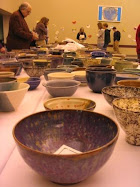







































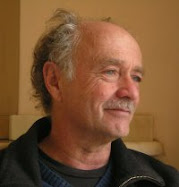











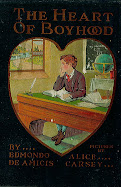



























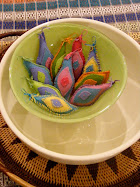






























.jpg)














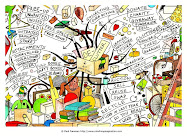











































































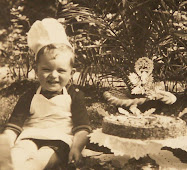














































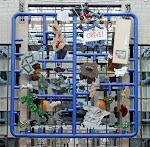.jpg)








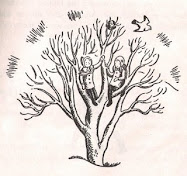







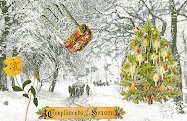
























































































2 comments:
A lot of conceptual art, particularly conceptual art about consumer society, Has all the daring of throwing a rock at the Great Wall of China from a few feet away. It's just hard for me to take most of it seriously for this reason. See also under Tom Wolfe's "The Painted Word".
But take the "concept" out, and you are so often left with only surfaces, and we have so many of those. I am so grateful for having grown up in the shadow of the Walker Art Center, a place for ideas as well as images. It entirely changed the way I see work in other places.
Not that there aren't weak examples of conceptual art, but I don't think these projects are examples of that.
Post a Comment